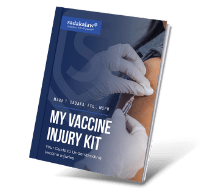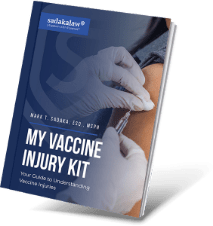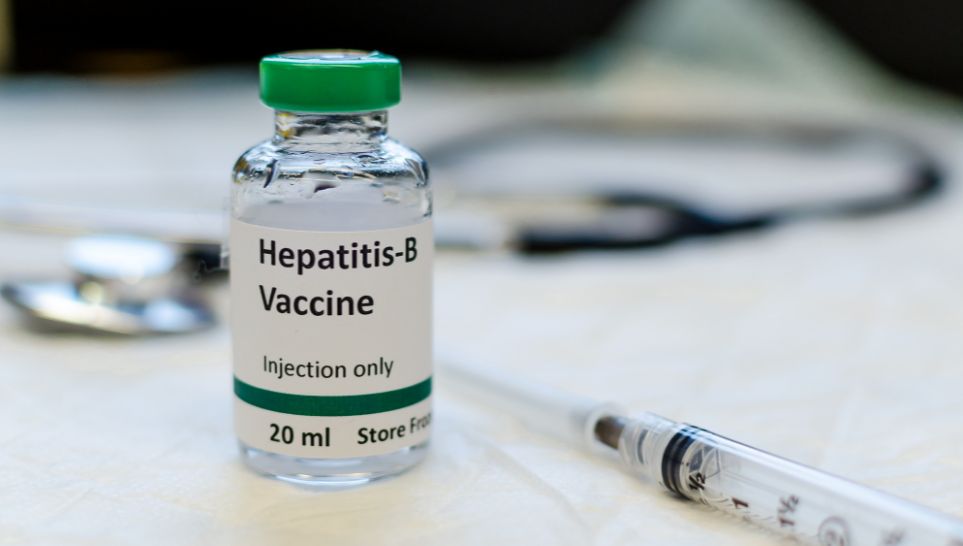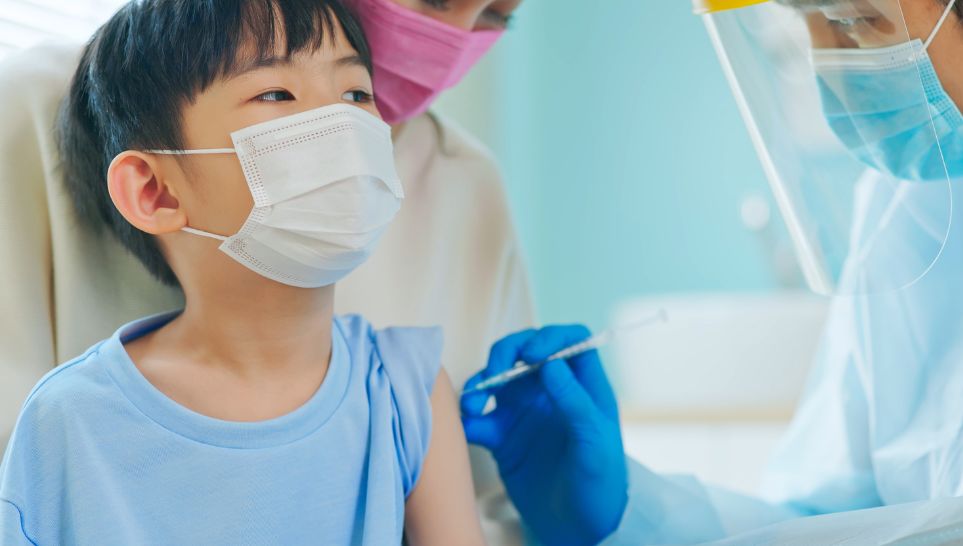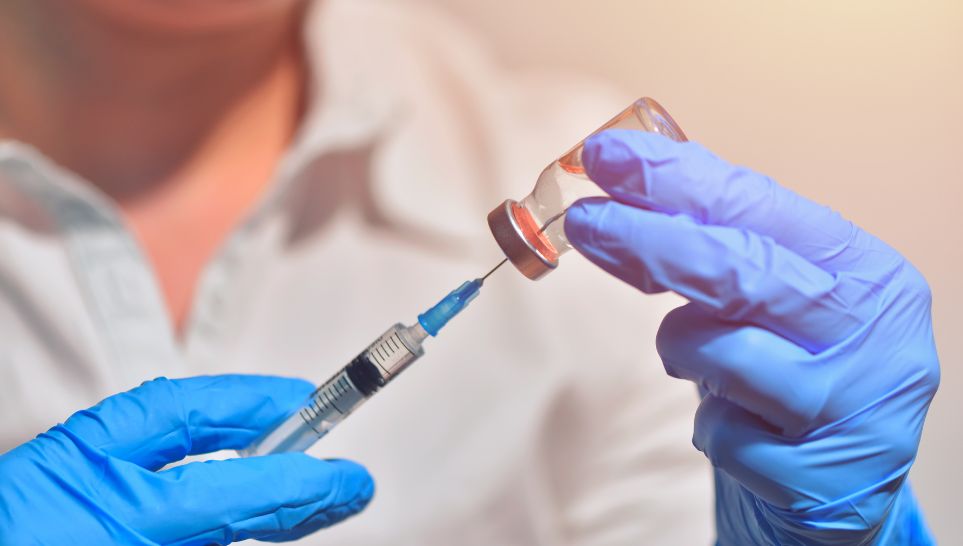Reminder to HealthCare Providers: 15-minute Observation Period Needed After Vaccination
On June 9, 2009, the Food and Drug Administration (FDA) approved a revised label for Gardasil, a vaccine to protect against cervical, vulvar and vaginal cancers caused by Human Papillomavirus (HPV) types 16 and 18 and genital warts caused by HPV types 6 and 11. In the new label, information pertaining to syncope (fainting) is now also included in the Warnings and Precautions section, and this section has new information noting that individuals who faint sometimes have tonic-clonic (jerking) movements and seizure-like activity. The addition of syncope to the Warnings and Precautions section emphasizes that healthcare providers and consumers should be alert that fainting may occur following vaccination with Gardasil, sometimes resulting in falling and injuries. To prevent falls and injuries all vaccine recipients should remain seated or lying down and be closely observed for 15 minutes following vaccination.
As with all vaccines, FDA closely monitors the safety of Gardasil. Syncope (fainting) has been in Gardasil’s labeling for both the healthcare provider and the patient since October 2007; however, FDA and the Centers for Disease Control and Prevention (CDC) continue to receive reports of traumatic injuries of individuals fainting and falling after receiving Gardasil. Some who fainted have had serious injuries from falling, which have often occurred while still in the healthcare provider’s office, and other fainting episodes resulted in motor vehicle accidents. Therefore, FDA requested the manufacturer, Merck and Co., Inc., to add this information to the Warnings and Precautions section of the label, so that it is more prominent, and reminds healthcare providers that recipients of Gardasil should be closely observed for 15 minutes after vaccination. Gardasil recipients should be encouraged to remain seated or lying down for this length of time and be alert to the following warning signs and symptoms that may happen before a person faints: paleness, sweating, dizziness, ringing in ears or vision changes.
Syncope has been reported after administration of other adolescent and adult vaccines, so it is not unique to Gardasil or even vaccines. Syncope can also occur with certain medications, after blood donation, or in response to pain. Jerking movements, loss of bladder control, and other signs that resemble epileptic seizures may occur with fainting, but do not mean that the person is having epilepsy. New information in the Warnings and Precautions section alerts healthcare providers that tonic-clonic (jerking) movements and seizure-like activity can occur with fainting. Syncope and its associated signs and symptoms generally last only a short time (seconds to minutes) and resolve when the patient is placed in a position, such as lying down, to restore adequate blood flow to the brain.
A Morbidity and Mortality Weekly Report published in May 2008 recommends that all providers administering vaccinations should be aware of the potential for syncope after vaccination and should take appropriate measures to prevent potential injuries. As part of our ongoing surveillance of vaccine safety, FDA is evaluating whether changes to the labeling concerning this particular side effect are needed for other adolescent and adult vaccines. FDA and CDC are also in the process of reviewing the Vaccine Information Statements (VISs) to include syncope. These information sheets explain to vaccine recipients, their parents, or their legal representatives both the benefits and risks of a vaccine. Federal Law requires that VISs be handed out whenever (before each dose) certain vaccinations are given.
Key Facts:
Healthcare providers and consumers should be aware that syncope (fainting) may occur following vaccination with Gardasil, sometimes resulting in falling and traumatic injuries. These falls and injuries are preventable by having Gardasil recipients remain seated or lying down for 15 minutes following vaccination, closely observing them, and watching for the following warning signs and symptoms: paleness, sweating, dizziness, ringing in ears or vision changes, which generally occur before fainting. If an individual faints, and especially if seizure-like activity occurs, the individual should be placed in a position, such as lying down to help restore blood flow to the brain.
FDA has received reports to the Vaccine Adverse Event Reporting System (VAERS) of syncope, as well as, syncope with tonic-clonic (jerking) movements and seizure-like activity that occurred after Gardasil and other vaccinations. Of all of the reports in VAERS pertaining to Gardasil, approximately 13% describe syncope. The percentage is similar to reports of syncope for other adolescent vaccines.
The VAERS is a national vaccine safety surveillance program co-sponsored by the FDA and the CDC. The purpose of VAERS is to detect possible signals of adverse events associated with vaccines. VAERS collects and analyzes information from reports of adverse events (possible side effects) that occur after the administration of US licensed vaccines.
In 2007, FDA and CDC did a comprehensive review of VAERS reports of syncope and related medical charts after adolescent vaccination. The review found that 30-40% of adolescent syncope reports described signs of jerking or other seizure-like activity, approximately 20% described traumatic injury, and 95% occurred within 15 minutes of vaccination.
Since syncope was added to the label in 2007, we continue to receive a consistent number of reports of syncope and traumatic injuries resulting from it. Because the number of reports has not declined, this reminder to healthcare providers emphasizes that preventive measures are warranted.
Syncope has been reported after administration of other adolescent and adult vaccines, so it is not unique to Gardasil or even vaccines. Syncope can also occur with certain medications, after blood donation or in response to pain and the following may occur: jerking movements, loss of bladder control, and other signs that resemble epileptic seizures, but is not epilepsy.
Gardasil is an important tool for the prevention of cervical, vulvar and vaginal cancers and genital warts that will benefit the health of millions of women. HPV types 16 and 18 cause approximately 70 percent of cervical cancers, and HPV types 6 and 11 cause approximately 90 percent of genital warts. According to the National Cancer Institute, in 2009 there will be approximately 11,000 new cases of cervical cancer and 4,000 deaths in the United States. Gardasil will not treat existing diseases caused by HPV types contained in the vaccine and it is important that vaccination with Gardasil occurs before exposure to HPV infection. Females who receive Gardasil should continue to undergo regular pap tests for cervical cancer screening.
Since it was licensed, FDA and CDC have been closely monitoring the safety of Gardasil.
Based on ongoing assessments of vaccine safety information gathered from various surveillance tools, FDA and CDC continue to find that Gardasil is a safe and effective vaccine, and that its benefits continue to outweigh its risks. As part of our ongoing surveillance of vaccine safety, FDA is evaluating whether changes to the labeling concerning syncope are needed for other adolescent and adult vaccines.

